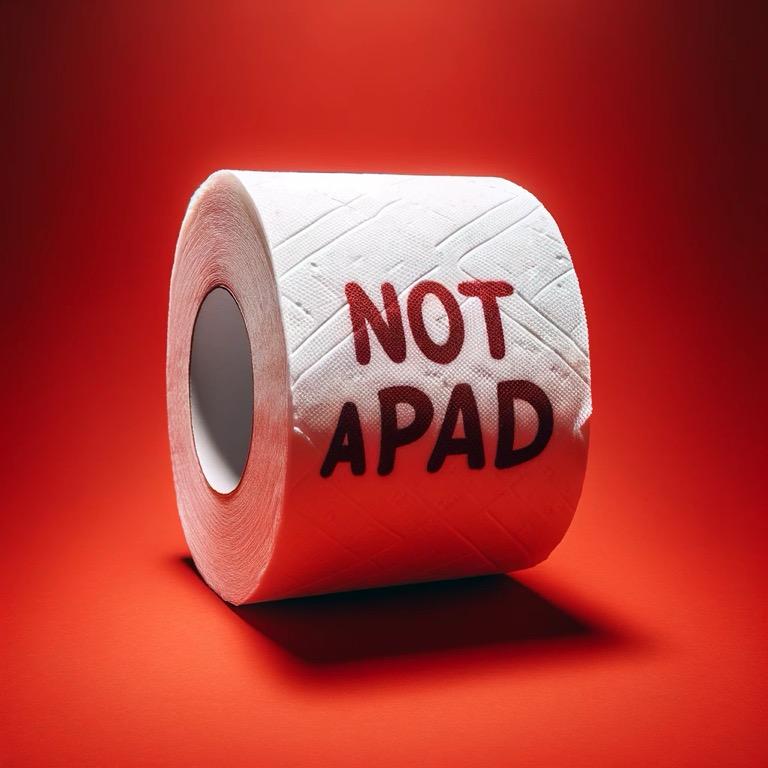
Toilet Paper vs Menstrual Pads: Understanding the Risks and Better Alternatives
Introduction
In recent years, particularly in low-resource settings or during emergencies, many women and girls have resorted to using toilet paper as a makeshift solution for menstrual hygiene. However, it’s crucial to understand why toilet paper vs menstrual pads is not a viable comparison. This blog post will address the health risks associated with using toilet paper as a menstrual pad and explore safer, more effective alternatives.
Understanding the Risks
Toilet Paper Vs Menstrual Pads: The Danger of Toilet Paper
Toilet paper is not designed to handle the volume of blood discharged during menstruation. It can easily become saturated, leading to leaks and discomfort. Women often find themselves changing makeshift pads made of toilet paper frequently, which can be inconvenient and embarrassing. The lack of sufficient absorption in toilet paper makes it an unreliable choice for managing menstrual flow. For more information on proper menstrual products, visit Planned Parenthood.
Toilet Paper Vs Menstrual Pads: Why Toilet Paper Is Unsafe
Using toilet paper as a menstrual pad can pose serious health risks. Toilet paper is not sterile and may contain additives or chemicals that can irritate the delicate skin of the genital area. Moreover, the fibers in toilet paper can break down and leave residues in the vaginal canal, increasing the risk of infections such as bacterial vaginosis or urinary tract infections (UTIs). These infections can cause discomfort, pain, and even lead to more severe complications if left untreated. Learn more about menstrual health from the World Health Organization (WHO).
Toilet Paper Vs Menstrual Pads: Lack of Adhesive
Unlike menstrual pads, which have adhesive strips to keep them securely in place, toilet paper lacks such features. This lack of adhesion can result in toilet paper shifting or bunching up, leading to leaks and staining of clothes. Furthermore, the absence of a secure attachment mechanism can cause feelings of discomfort and insecurity, especially during physical activities or while sleeping.
Safer Alternatives
Reusable Cloth Pads: A Sustainable Option
Reusable cloth pads are an eco-friendly and cost-effective alternative to disposable menstrual products. Made from soft, absorbent fabrics such as cotton or bamboo, these pads provide reliable protection while reducing waste. They are washable and can be reused for several menstrual cycles, making them a sustainable choice for menstrual hygiene. Additionally, cloth pads are free from harmful chemicals and additives, reducing the risk of skin irritation and infections.
Commercial Pads and Tampons: Convenience and Reliability
Commercial menstrual pads and tampons are specifically designed to provide effective protection and comfort during menstruation. Available in various sizes, absorbencies, and designs, these products cater to different menstrual flow patterns and preferences. While disposable, they offer convenience and reliability, making them a popular choice among women worldwide. However, it’s essential to choose products that are made from safe materials and free from harmful chemicals.
Menstrual Cups: A Modern Solution
Menstrual cups have gained popularity in recent years as a modern and eco-friendly alternative to traditional menstrual products. Made from medical-grade silicone or latex, these bell-shaped cups are inserted into the vagina to collect menstrual blood. Menstrual cups are reusable, durable, and can last for several years with proper care. They are also suitable for women with sensitivities or allergies to disposable menstrual products. While menstrual cups may require some practice to master insertion and removal techniques, many women find them comfortable and convenient once they get used to them.
Conclusion
While toilet paper may seem like a convenient option for managing menstrual flow in emergencies or low-resource settings, it poses significant health risks and limitations compared to menstrual pads. From inadequate absorption and health concerns to the lack of adhesive, toilet paper is not a suitable substitute for proper menstrual hygiene products. Fortunately, there are safer alternatives available, such as reusable cloth pads, commercial pads and tampons, and menstrual cups, which offer effective protection and comfort without compromising health or sustainability. By choosing the right menstrual products, women can ensure their well-being and maintain their dignity during menstruation, regardless of their circumstances.
Learn more; Understanding Menstrual Health Management Challenges and Solutions
All Categories
Recent Posts
Why Ending Period Poverty Is a Responsibility We All Share
The Link Between Poor Sanitation Facilities, Infrastructure Development & Period Poverty
When Your Period Hits Hard: Menstrual Cramps Self-Care
Tags
Give them a helping hand
Every donation fuels our mission to combat period poverty. Your generosity brings us closer to menstrual equity.
+234-909-482-1642
inquiries@blossomflow.org





